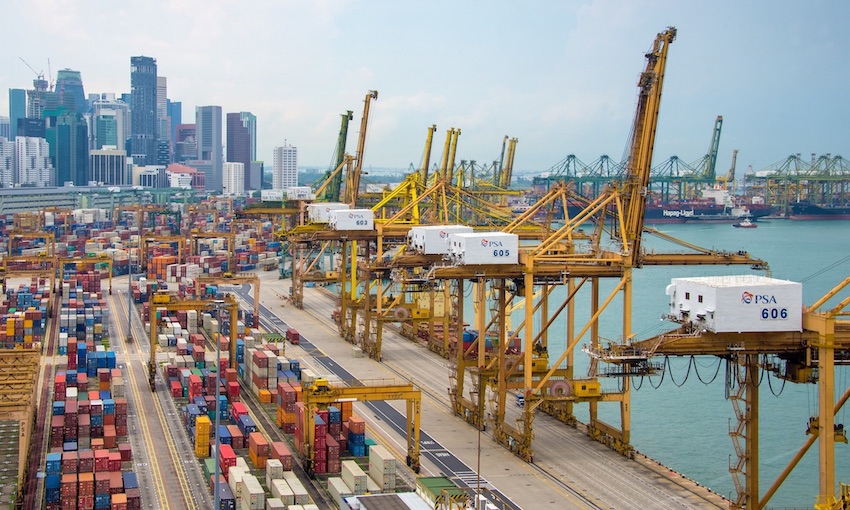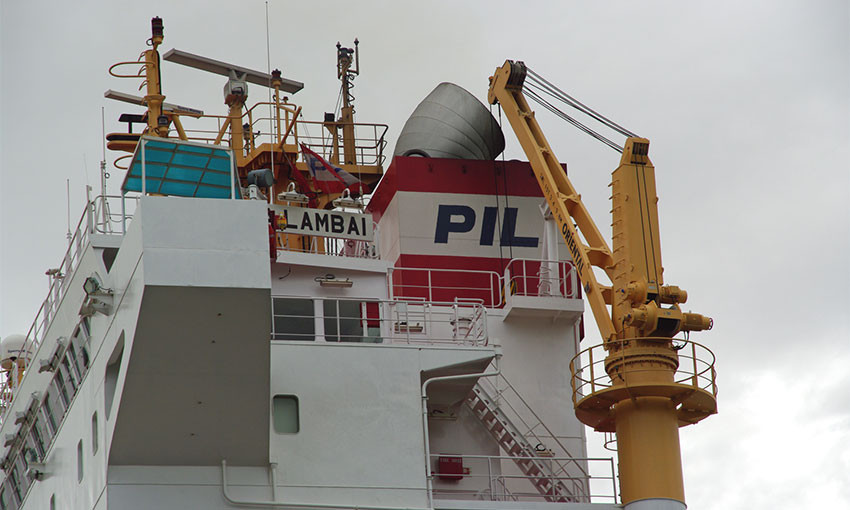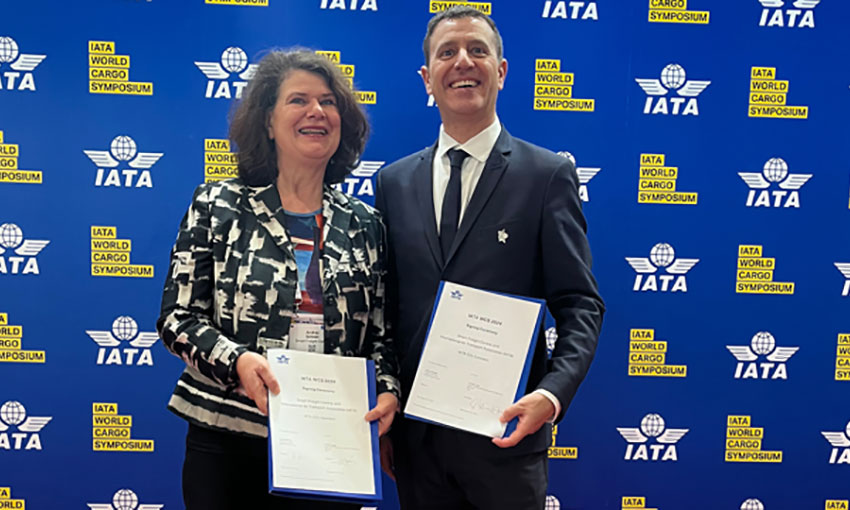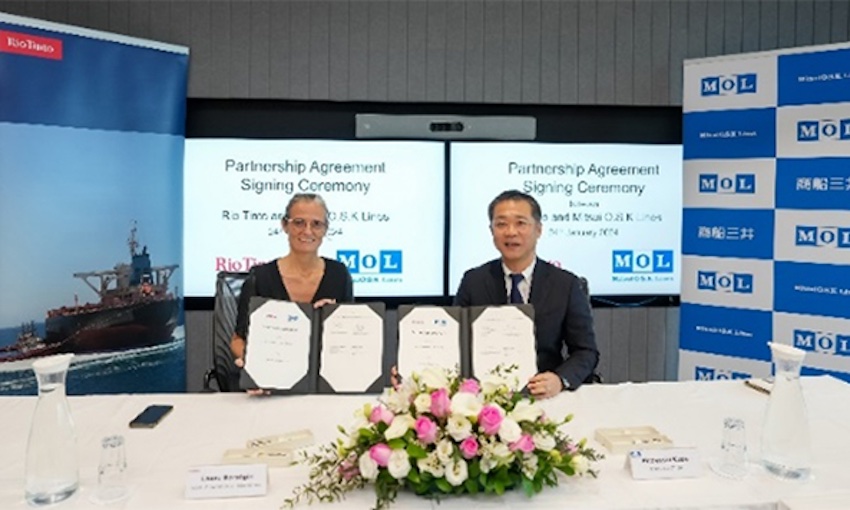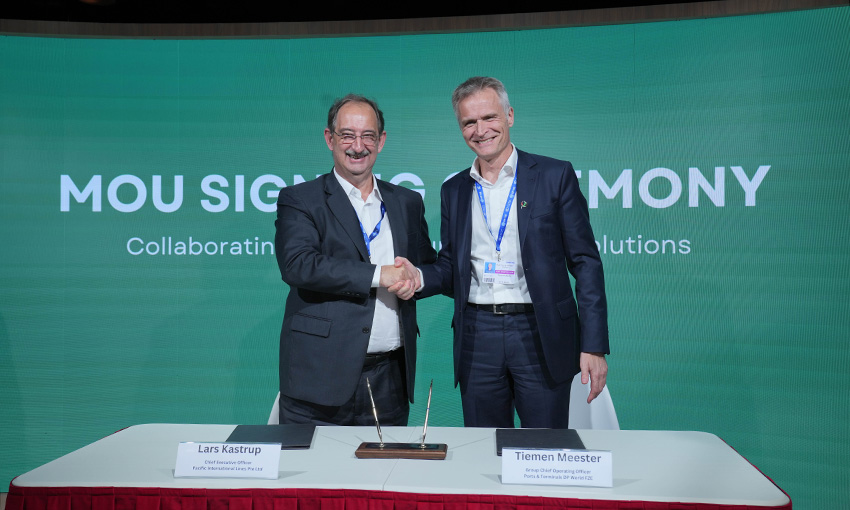SINGAPORE’s minister for trade and industry Gan Kim Yong said recently that Singapore plans to import around 30% of its electricity from low-carbon sources by 2035. Low-carbon fuels include biofuels, hydrogen-based alternative fuels, and e-fuels.
In response to the announcement, Wood Mackenzie senior analyst Maria Yee said it was good news for the domestic market.
“Asia Pacific is the largest emitting region responsible for over half of the world’s carbon emissions.
“The region’s decarbonisation efforts will determine the pace in which the world is able to achieve the Paris Agreement goals, and Singapore can become a leader in this movement,” she said.
Ms Yee said there is no “one size fits all” solution: multiple technologies, applied in both demand and supply sectors, are required. Low-carbon fuels will be critical for decarbonising all sectors, especially in areas where electrification and renewable power are less suited.
“A combination of commercial readiness, ease of adoption, lifecycle emissions savings, and availability will determine which technologies will ‘win’ in each sector,” Ms Yee said, adding that investors will need to be able to critically discern the attractive characteristics and trade-offs for newer technologies such as hydrogen-based fuels.
As the world’s largest bunkering port, Ms Yee said Singapore can also play a role in supporting pushing the transition towards greener marine fuels by “active infrastructure investments and policy support in the marine transport space”.
Biofuels, electrification, and renewable power are the key enablers for present day decarbonisation. Biofuels are best applied in the transportation sector, according to Wood Mackenzie. Demand growth will largely come from renewable diesel and sustainable aviation fuels. However, tight supply of waste and other sustainable feedstock is a key limitation.
Carbon capture and hydrogen-based fuels support long-term decarbonisation in areas where main enablers fall short.
“It is a race to bring down value chain costs of these technologies,” Ms Yee said.
Low-carbon hydrogen-based investments have grown exponentially in the last couple of years. Wood Mackenzie estimates the current low-carbon hydrogen unrisked production pipeline to be at 36 million tonnes per annum. Whilst the focus is on production capacity investments, the verdict is still out on clear end-uses.
“Despite the attractive characteristics of hydrogen-based alternative fuels, each have considerable weaknesses which we believe will be the key determinants in each fuel’s end-use suitability and overall demand,” Ms Yee said.
“Singapore can also have greater impact outside domestic decarbonisation efforts. The private sector can play a more active role in helping developing nations’ governments form the necessary frameworks and policies to enable greater and more confident investment from the wider private sector.”

